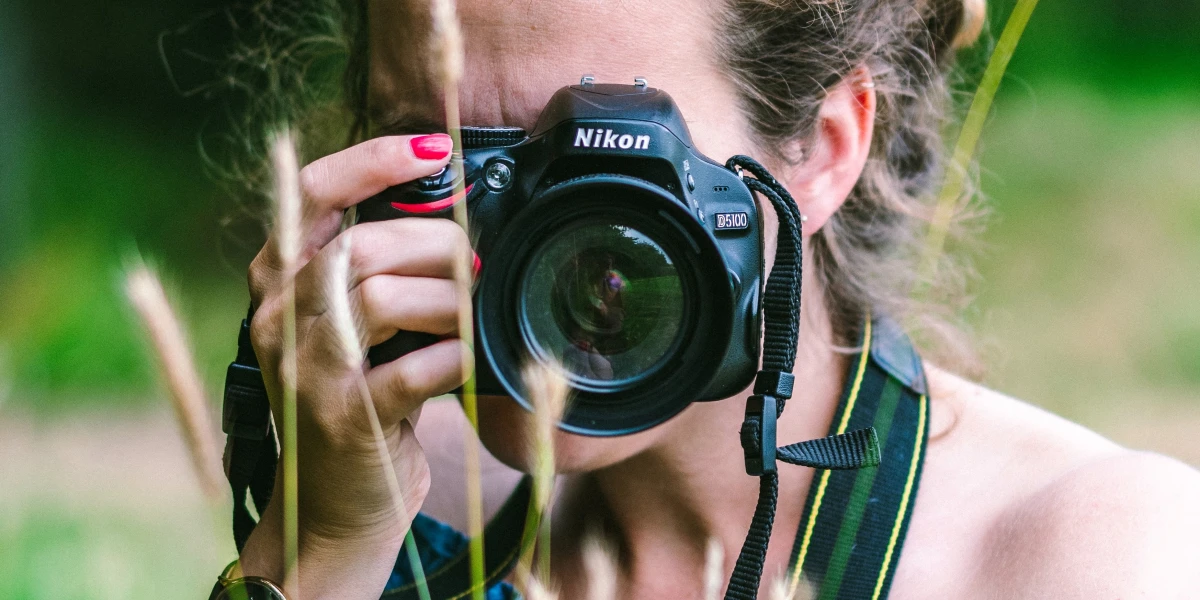Often, people have pests or weeds they want identified so that they can find out how to control them. Sometimes it is difficult to describe the pest or weed in words. A picture paints a thousand words and so I often ask people to send me some photographs. But photographs sometimes do not show the detail that is needed for identification.
Here are guidelines on how to take photographs for identification.
Most cameras (phones, compacts or reflex) can take good photos. Many of today’s phones can take sufficiently good photos for identification purposes, even of small insects.
- The most important thing is focus - blurred images are of little use. Many cameras have a macro function for focusing close-up on small objects.
- Take more than one image.
- In order of importance take an image of:
- The whole weed/pest/object.
- Specific parts of the weed/pest/object. e.g. flower, leaf, seed, legs, teeth, droppings, damage.
- The situation in which the weed/pest/object is found.
- If possible, compose the photos with a neutral uncluttered background. A grey road is a good background. Try not to use a bright white or black background as this will affect the camera's exposure and the weed/pest/object will be too dark or too light.
- Avoid harsh sunlight and images with bright areas and shadows. If it is a sunny day take the photograph in a shaded place.
- Avoid camera shake, use a fast shutter speed if possible; faster than 1/30th of a second. For slower shutter speeds brace the camera against a solid object or use a tripod.
- Most cameras will display the image and may have an enlarge function. Check your photo for clarity. Take another one if necessary.
- For small objects, and when using a camera with the ability to change the aperture, use as small and aperture as the light allows. This gives a better depth of field so more of a 3-dimensional object will be in focus. Use f16 or smaller (the bigger the f number the smaller the aperture). Many modern phone cameras will do much of this automatically for you.
Sending in samples for identification
For identification it is often necessary to send a sample of the weed/pest/object. There are some basic points to remember:
Weeds/plants
- Include all available parts of the plant e.g. leaf, flower, seed, berry, bark.
- Take a note of where the plant was situated and what size it is and other details (write it down, don't rely on memory).
- Place the samples in a plastic bag and seal.
- Keep the samples cool. Avoid leaving the samples in a hot car.
Insects and others
- Try to avoid damaging the subject.
- Ideally put the insect in 70% alcohol to preserve it.
- Seal in a jam jar or other airtight container.
- Keep the sample refrigerated.
- Take notes of where the subject was found and when.
- Pack the samples well before sending. Samples can be sent by post, but they are better taken in person or sent by courier.
There are many organisations in New Zealand that will provide identification of plants, insects or other material depending on what it is. These would include institutes such as Landcare Research, universities, museums, MPI Biosecurity and pest controllers. Kiwicare will be happy to receive and identify pests, weeds, plant diseases etc. But please contact us prior to sending.
If you think the pest might be a biosecurity risk contact the Exotic Pest & Disease Hotline on 0800 80 99 66

David Brittain
Kiwicare
